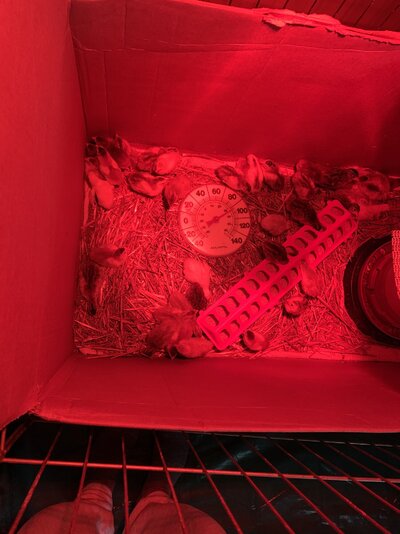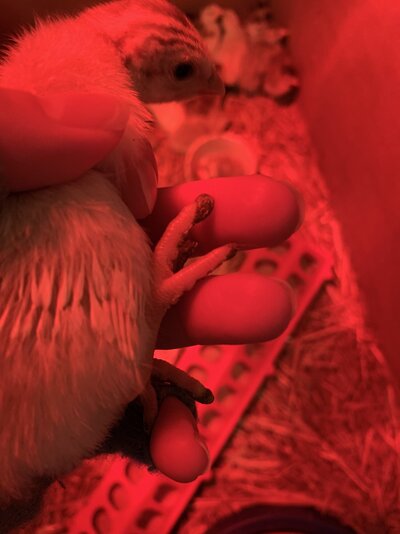This invalidates the study as being done on ACV.There has been tons of discussion on the use of ACV, and since I have only used it once a few years ago I never paid to much attention to the drama of if it is good or bad, then I found this. I am assuming( not always a good idea) that it applies to most poultry.
https://www.ncbi.nlm.nih.gov/pmc/articles/PMC8136961/
"To prepare vinegar, apple fruits were sliced and their seeds removed and then placed in a jar. Diluted industrial vinegar (1:4 water and vinegar) were added and the jar transferred to a warm and dark place for 3 weeks. Finally, the solid parts removed and the liquid used as apple cider vinegar."
This is not how ACV is made. They used an apple infused industrial vinegar. This is not actual ACV and does not contain "mother".
It also makes zero claims about pasty butt.








